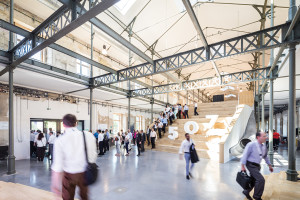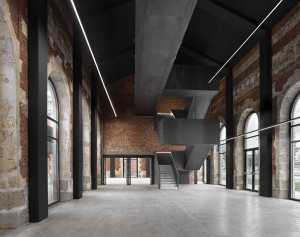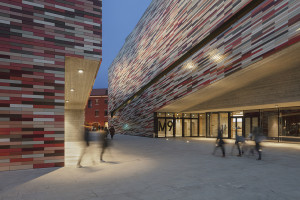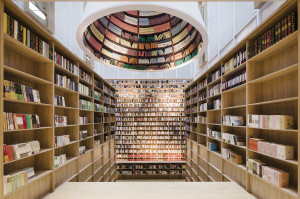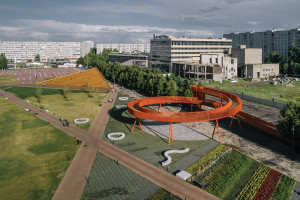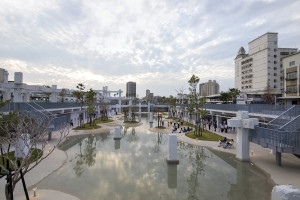SHOAH MEMORIAL IN MILAN CENTRAL STATION, ITALY
An Artifact of Infrastructural Archaeology as a Place for the Polarisation of Memory
Morpurgo De Curtis Architetti Associati
Milan Central railway station, inaugurated in 1931, was designed to host an almost imperceptible network of service spaces beneath the public level, for loading/unloading and storing goods. The central portion of this level, designed to host new spaces for the postal service, with a 35,000 square metre area, was occupied by a platform with 24 parallel railway tracks, served by turntables; lifters also permitted the vertical movement of convoys from the upper tracks to the service tracks below and vice versa. This mechanized and abandoned belly of the station was transformed into a place of memory when RFI-Rete Ferroviaria Italiana granted the Milan Shoah Memorial Foundation Onlus with a portion of this space. As Morpurgo and de Curtis pointed out, “there exists a network of implicit connections that forever links this architecture-infrastructure with the geography of European deportations.” The functional machinery of the postal services area, invisible and extraneous to life in the city, was transformed between 1943 and 1945 into a device for deporting Jews and political opponents to the concentration camps.


